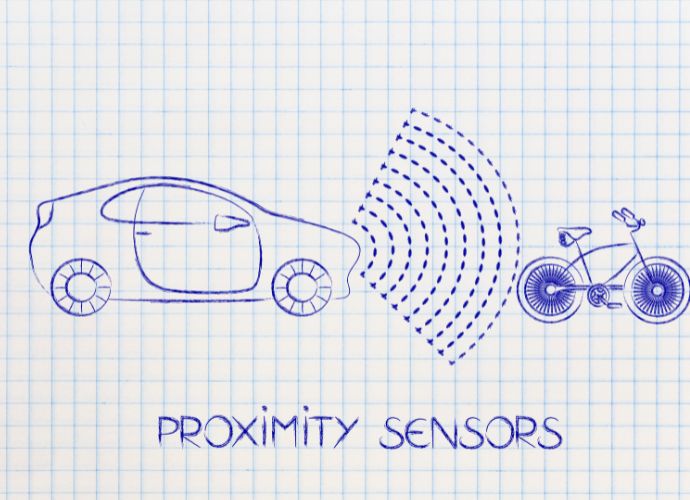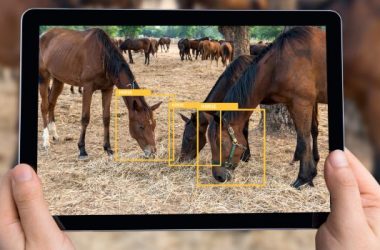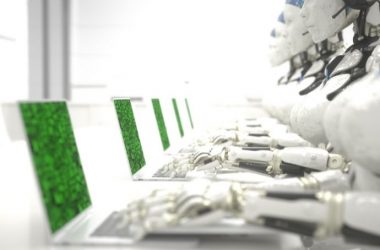The transportation industry is evolving due to artificial intelligence. It is already used in many transport industries, from aiding in the autonomy of cars, trains, ships, and airplanes to enhancing traffic flows. In addition to simplifying our lives, it could improve all forms of transportation. safer, cleaner, more intelligent, and more effective. Autonomous transportation powered by artificial intelligence could, for example, assist in lowering the number of human errors that contribute to road accidents. Although With these possibilities come significant concerns, such as unforeseen outcomes and improper use, like cyber-attacks and unfair transportation decisions Additionally, there are consequences for work and moral dilemmas about responsibility for judgments made by artificial intelligence at the location of people.

How Artificial Intelligence Contributes to Automotive Solutions
The automotive value chain includes applications for artificial intelligence. Currently, AI is being used in the design, supply chain, production, and post-production phases of the automotive manufacturing process. The implementation of AI in “driver assistance” and “driving risk assessment” systems is also changing the transportation industry. The use of AI is also changing aftermarket services like insurance and predictive maintenance. In addition to working alongside humans, robots are using artificial intelligence (AI) to master the design, production, and assembly processes used in the automotive industry. Exoskeletons are currently used by humans to create automobiles using AI; in the future, these AI-powered robots may run the entire manufacturing facility. The transportation industry is being revolutionized by AI. AI is currently playing a significant part in driver assistance technology and is utilized extensively in contemporary vehicles.
Ai and Vehicle Detection
In the realm of highway management, intelligent vehicle detection and counting are becoming more and more crucial. However, because vehicles come in a variety of sizes, it might be difficult to detect them, which has an impact on how accurately counts of vehicles are made. Research suggests a vision-based vehicle identification and counting system to address this problem. The study presents a brand-new high-definition highway vehicle dataset with a total of 57,290 annotated instances in 11,129 photos. The proposed dataset, which offers the whole data foundation for vehicle detection based on deep learning, incorporates annotated microscopic items in the image as opposed to the existing public datasets.
The newly proposed segmentation method, which is essential for enhancing vehicle recognition, first extracts the highway road surface from the image and divides it into a remote area and a proximal area in the proposed vehicle identification and counting system. The YOLOv3 network is then used to detect the type and position of the vehicle using the previously mentioned two zones. The ORB algorithm finally produces the vehicle trajectories, which may be used to determine the direction in which each vehicle is moving and the total number of cars. To validate the suggested methodologies, several highway surveillance recordings based on various scenes are employed. The results of the experiments show that applying the suggested segmentation method can increase detection accuracy, particularly for the detection
License Plate Recognition Software Using Artificial Intelligence
One of the most rapidly expanding technologies in the modern era is deep learning. Deep learning has permeated every aspect of modern life, from voice assistants to self-driving cars. The automatic recognition of license plates is one such application (ALPR). As the name implies, ALPR is a system that automatically detects and recognizes the characters on a vehicle’s license plate using the power of AI and deep learning. The same will be the subject of this blog post.
The technology is known as Automatic License Plate Recognition (ALPR) or Automatic Number Plate Recognition (ANPR) uses optical character recognition to read a vehicle’s license plates from an image or a video sequence. These tasks can be completed in a matter of seconds with the most recent developments in Deep Learning and Computer Vision.
AI Services curated by Folio3 Machine Learning Company
Through sophisticated algorithms, Folio3 assists organizations in automating procedures and regular decision-making. With the use of machine learning, we are bringing revolutionary change to a number of sectors, including healthcare, education, transportation, and tourism.
A team of committed Data Scientists and Consultants at the machine learning business Folio3 has completed end-to-end projects in machine learning, natural language processing, computer vision, and predictive analysis. Ai solutions tailored to your needs. Book your consultation now!









